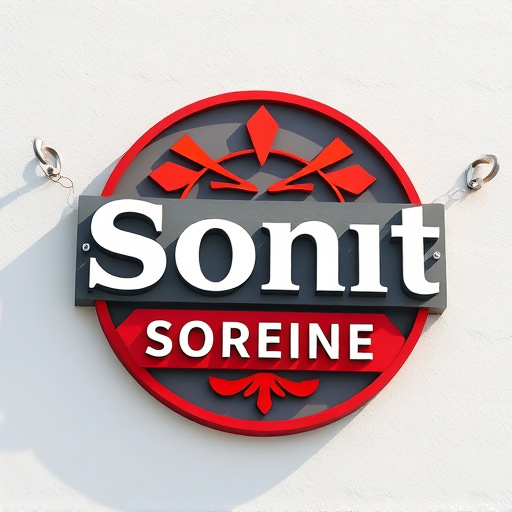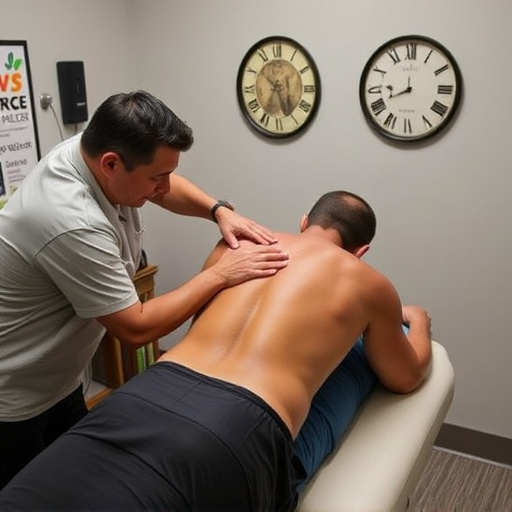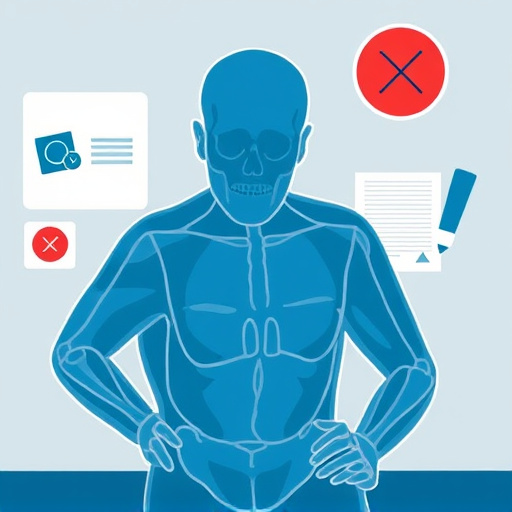Understanding federal workplace injury laws is key to securing employee rights and safety. OSHA standards provide benefits like medical care, wage replacement, and compensation. Knowledge empowers victims to navigate systems, report hazards, participate in inspections, and file claims, aiding faster access to rehabilitation. Robust safety protocols, including investigations, training, and open communication, prevent future accidents. Comprehensive employee education on safety protocols, hazard recognition, and emergency response minimizes risks like repetitive strain injuries. Ongoing training for new equipment and standards further reduces accidental injuries, enhancing workplace safety.
“After a federal workplace injury, preventing future accidents is paramount. This comprehensive guide delves into three crucial strategies: understanding federal workplace injury laws and employee rights, implementing robust safety protocols post-incident, and fostering employee education and training for proactive accident prevention. By exploring these key areas, organizations can create a safer work environment, honor their legal obligations, and ultimately reduce the risk of future injuries.”
- Understanding Federal Workplace Injury Laws and Rights
- Implementing Comprehensive Safety Protocols Post-Injury
- Employee Education and Training for Accident Prevention
Understanding Federal Workplace Injury Laws and Rights

Understanding federal workplace injury laws is a crucial step in ensuring safety and securing rights for employees. In the event of an accident, knowing one’s entitlements can make a significant difference in the recovery process. The Occupational Safety and Health Administration (OSHA) sets standards to protect workers, and employees who suffer injuries on the job are entitled to certain benefits and accommodations. This includes access to medical care, wage replacement, and in some cases, compensation for permanent disabilities or death.
Familiarity with these laws empowers victims to navigate the system effectively. They have the right to report hazards, participate in safety inspections, and refuse unsafe work assignments without fear of retaliation. Additionally, understanding the process of filing a claim for benefits, such as workers’ compensation, can facilitate faster access to functional rehabilitation and pain management services, including neck pain relief, which are essential components of recovery and returning to the workforce.
Implementing Comprehensive Safety Protocols Post-Injury

After a federal workplace injury, implementing comprehensive safety protocols is paramount to preventing future accidents. This includes conducting thorough investigations to identify the root causes of the incident and subsequently updating existing safety procedures or introducing new measures to address any gaps. All employees should be actively involved in these processes, as their firsthand experiences can provide valuable insights into potential hazards. Regular training sessions focused on safety best practices, hazard recognition, and emergency response protocols are essential components of this comprehensive approach.
Additionally, establishing a robust communication system ensures that everyone in the organization remains alert to safety issues. Promoting an open dialogue where employees feel comfortable reporting concerns or near-miss incidents encourages a culture of continuous improvement. Integrating lessons learned from past accidents into everyday operations and maintaining a proactive stance on safety can significantly reduce the risk of recurring injuries, enhancing the overall work environment and focusing on effective sciatica treatment and injury rehabilitation strategies for all federal workers.
Employee Education and Training for Accident Prevention

After a federal workplace injury, one of the key strategies to prevent future accidents is through comprehensive employee education and training. This includes raising awareness about safety protocols, hazard recognition, and proper handling procedures specific to their roles. By investing in regular training sessions, employers can empower employees to identify potential risks and implement preventive measures. Educating workers on ergonomics, for instance, can help reduce repetitive strain injuries, including joint pain relief, which is a common concern in federal workplaces.
Workshops focusing on emergency response and first aid are equally vital. Employees should be equipped with the knowledge to administer basic life support and manage workplace emergencies effectively. Additionally, offering ongoing training sessions that cover new equipment, procedures, or emerging safety standards ensures that everyone remains updated, minimizing the chances of accidental injuries. These educational initiatives, coupled with accessible rehab services and shockwave therapy for pain management, can significantly contribute to a safer federal workplace environment.
Preventing future accidents in the federal workplace is a multifaceted approach that combines understanding legal rights, implementing robust safety protocols, and educating employees. By adhering to comprehensive safety measures, providing relevant training, and fostering a culture of awareness, it’s possible to significantly reduce the risk of subsequent injuries and create a safer environment for all federal workers.














